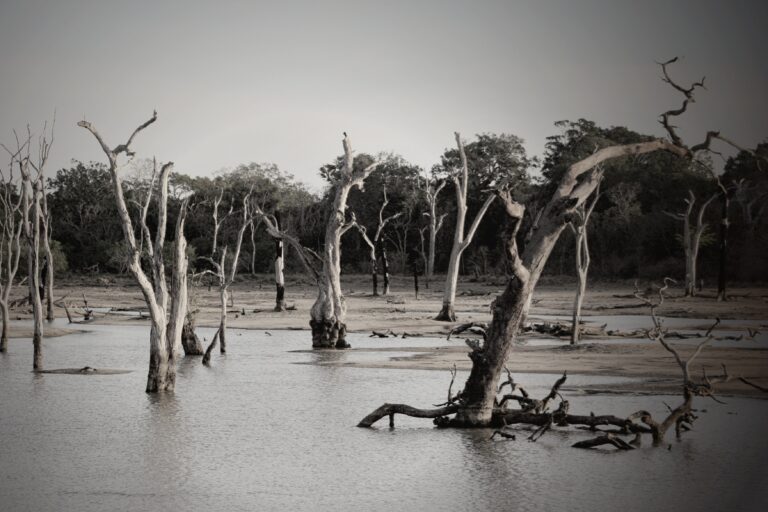Buffalo’s 10 Feet Of Snow

Massive storms are more frequent in the northeast. These involve rain, snow, or heavy winds. According to scientists, the reason is the number of days when the temperature in the region is over 90 degrees F and more water vapor, which has increased in clouds, even in the winter. It is forecasted that this will worsen as average temperatures in the region increase by as much as 10 degrees F by 2080.
More on extreme weather: stay away from Miami.
Storms also regularly hit the northeast as they move from the Midwest. The largest of these in the winter is usually known as lake-effect snow. As moist air is blown off the surface of Lake Erie to westernmost New York State, snowfall can be as much as four feet in two days. It is not unusual for Buffalo to have ten feet of snow in a single winter.
Unlike many climate phenomena, the snowfall levels in Buffalo have stayed fairly static. In the 1950s, there were four years when snowfall topped 112 inches. In one year, it was above 120 inches. The pattern was steady by decade until the 1970s. Buffalo received 199 inches of snow in 1977 and 154 inches in 1978. In the last three years, there have been 72 inches, 99 inches, and 134 inches.
The most likely reason for the relatively small change in snow per season is that Buffalo’s yearly temperature has changed very little since the 1940s. In 1949, the average temperature was 50 degrees F, the highest of the decade. The highest in the 1950s was the same.
This trend continued In the 1960s, 1970s, and 1980s. The highest temperature by year in the 1990s never broke 52. It has never topped 52 degrees since then.
Colgate Research published a paper titled “A Perfect Storm,” which looked at lake effect snow in several areas worldwide. The researchers reported, “Although climate change is raising the temperatures of large lakes, it is simultaneously resulting in a decrease in the frequency of cold air masses that move over these bodies of water and drive the lake effect.”
There is no mystery about Buffalo’s 10 feet of snow and why that number has not varied much. For once, two forecasts of climate change have canceled each other out.






